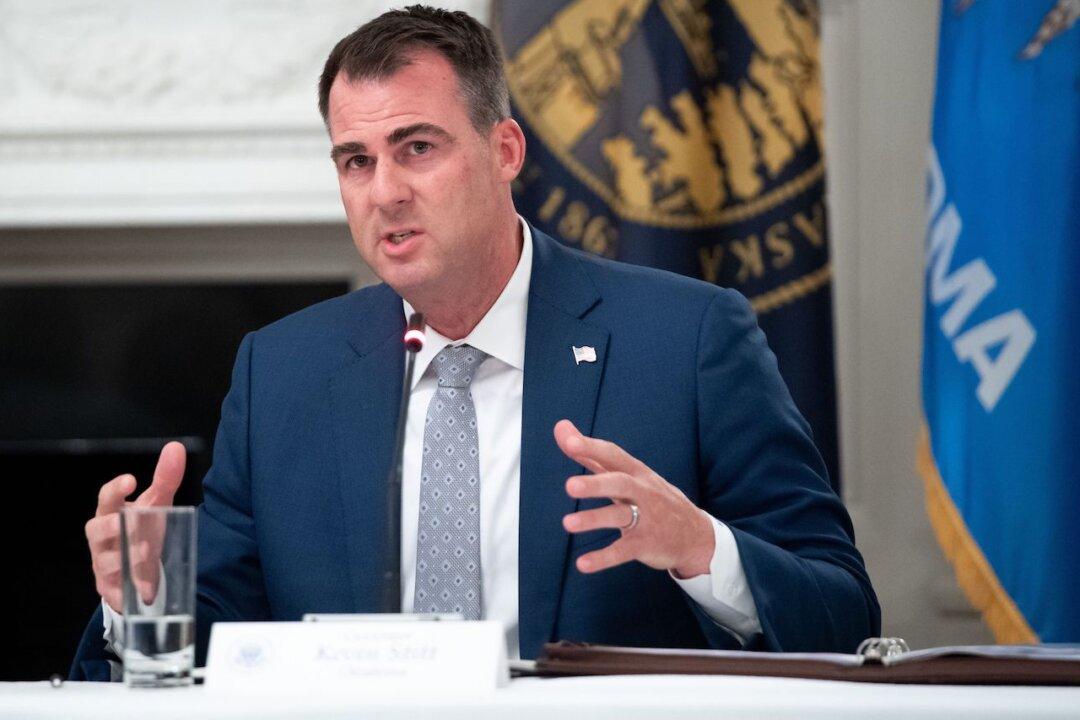Oklahoma Gov. Kevin Stitt has issued an executive order ending remote work for state employees more than a year after the COVID-19 pandemic ended, with workers expected to return to the office full time by Feb. 1, 2025.
In a Dec. 18 statement, Stitt’s office said the decision reflects his administration’s “commitment to ensuring efficient government operations and accountability to taxpayers” as the pandemic “no longer necessitates remote work accommodations.”





